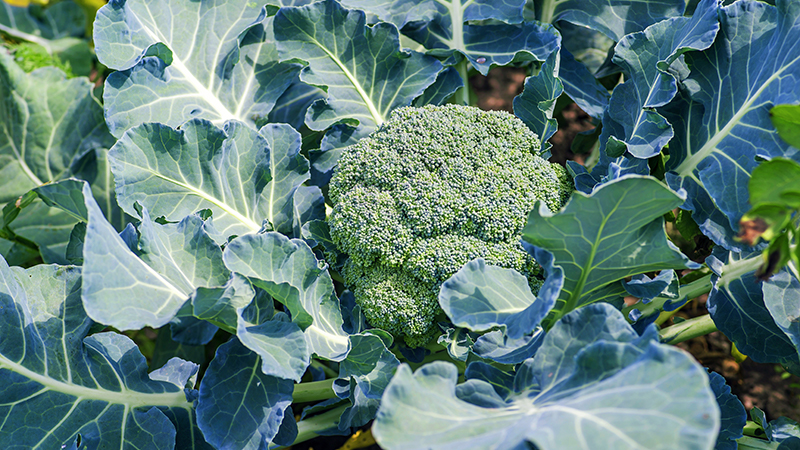Welcome to the Next Phase of Breeding Disease-Resistant Spinach
To combat damage from pathogens like downy mildew, Fusarium wilt, and more on spinach, Texas A&M AgriLife Research has advanced to the next stage of a four-year, multi-institution research project that seeks to breed spinach varieties resistant to the most common diseases by using molecular breeding techniques.
AgriLife Research received around $1.2 million from a $3.57 million USDA National Institute of Food and Agriculture Specialty Crop Research Initiative grant.
Ainong Shi, vegetable breeder and Professor of horticulture for the University of Arkansas, is leading the collaborative project, which also involves researchers from Washington State University, the University of Arizona, the University of Massachusetts and the USDA-Agricultural Research Service in Salinas, CA. Texas efforts will be led by principal investigator Carlos Avila, AgriLife Research Associate Professor in vegetable breeding.
Molecular breeding is a technique that often uses molecular markers, or regions of DNA, to predict and detect certain traits, such as disease resistance. This method significantly reduces the time required for field testing, typically cutting years or even decades off the breeding process.
“The main benefit of molecular breeding is that it allows us to be independent from variation in the field,” Avila says. “And this is important because disease pressures vary from year to year; some years, there isn’t any disease, and so we can’t advance much in selection. But, if we can identify these markers that help us select for resistance in the lab even before putting the plants in the field, we can be much more efficient and focus on other traits like quality and yield at the same time.”
In a previous project, which ran from 2017 to 2021, researchers identified resistant germplasms and molecular markers associated with resistance to the three most common spinach diseases: downy mildew, white rust, and Fusarium wilt.
Over the next few years, researchers hope to validate these markers, select those that are most effective and use them in the breeding process to develop disease-resistant cultivars. In response to feedback from producers, this project will expand to include two additional diseases, Stemphylium wilt and anthracnose.
By validating these markers, Avila says scientists will be able to develop spinach breeding lines that carry resistance traits adapted to U.S. production, ultimately reducing the need for pesticide applications and increasing spinach crop performance.
“We plan to check these results, these markers, year over year to see how they perform and how we can use them in our breeding projects,” Avila adds. “We also know that, in the future, there will probably be other spinach diseases that emerge.
For more, continue reading at AgrilifeToday.tamu.edu.









